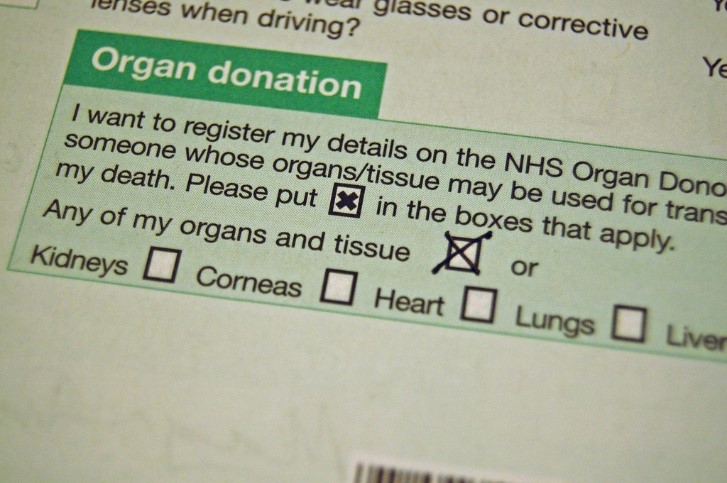By Rachel Cherney
 If you’ve received your driver’s license, chances are you had the option to decide to donate your organs after your (unfortunate or untimely) death. Organ transplantation is an incredible medical procedure, allowing so many people a second chance at a quality life, or life at all. Just one organ donor can save up to eight lives, and improve the quality of many more. However, the need for organs is much greater than the number of organs available or usable, leading to many patients dying while waiting for critical organs such as hearts, livers, or kidneys. It is estimated that someone is added to the national organ transplant waiting list every ten minutes and that twenty people die everyday waiting for an organ donation. Even if someone IS able to receive an organ transplant, there are chances that the body would reject or attack the new organ, because the body doesn’t recognize the new organ.
If you’ve received your driver’s license, chances are you had the option to decide to donate your organs after your (unfortunate or untimely) death. Organ transplantation is an incredible medical procedure, allowing so many people a second chance at a quality life, or life at all. Just one organ donor can save up to eight lives, and improve the quality of many more. However, the need for organs is much greater than the number of organs available or usable, leading to many patients dying while waiting for critical organs such as hearts, livers, or kidneys. It is estimated that someone is added to the national organ transplant waiting list every ten minutes and that twenty people die everyday waiting for an organ donation. Even if someone IS able to receive an organ transplant, there are chances that the body would reject or attack the new organ, because the body doesn’t recognize the new organ.
With the new advances of 3D printing (also called additive manufacturing), scientists all over the world are working on bioprinting organs as an alternative way to fulfill the need for organ donations. 3D printing allows a user to do just that – print objects in 3D by printing layers on top of each other with a liquid that can solidify to each layer, rather than ink used in traditional printing. If you can dream it, you can print it. Everyday objects, prosthetics, and even houses have successfully been constructed by 3D printers.

Using 3D printing in medicine is called “bioprinting” and is an emerging area of regenerative medicine. Bioprinting uses a special ink called “bioink,” a material that can be printed containing living cells and chemicals that promote cell growth. Cells used in bioink can come from a laboratory stock, or could even come from a patient – leading towards more personalized medicine! Successful printing of blood vessels and small air sacs from lungs has already been accomplished. Transplantation of bioprinted bladders has also proved successful. However, research still needs to be done for the bioprinting of more complex organs, like hearts, livers, and kidneys. One of the largest challenges to creating these larger, more complex organs, is that they need sufficient nutrients and oxygen for the cells to survive. Scientists are currently working on ways to print blood vessels with cells to supply nutrients to complex organs.
Someday, you may need to go to the doctor in hopes of a new organ. The doctor takes some of your cells, and comes back a few days, or hours, later with a new organ created just for you!
Edited by Christian Agosto-Burgos and Rachel Battaglia
